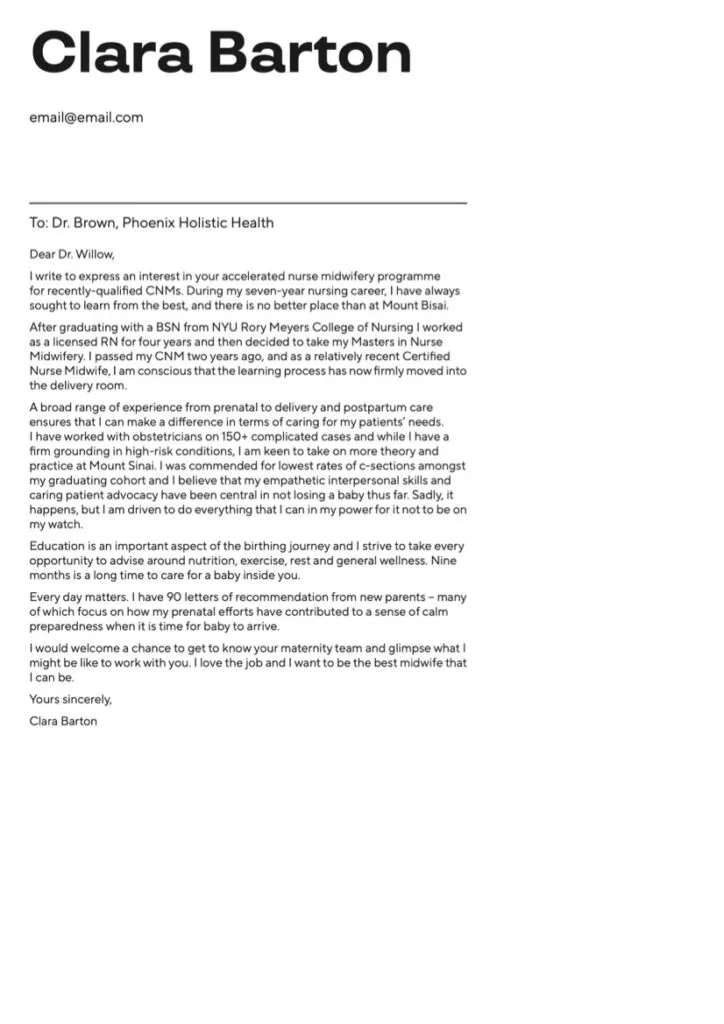Understanding the Importance of a Cover Letter
In the competitive world of job applications, a cover letter is your first chance to make a strong impression. It’s more than just a formality; it’s a crucial tool that complements your resume by providing context, demonstrating your personality, and showcasing your passion for the role. A well-crafted cover letter helps you stand out from the crowd, giving you an edge over other applicants. It’s your opportunity to tell your story, highlighting the specific skills and experiences that align with the job requirements. This is the place to add a personal touch and to show the hiring manager why you are the best fit.
A cover letter gives you the opportunity to showcase your unique value proposition. It allows you to explain any gaps in your employment history, address specific requirements mentioned in the job description, and to explicitly state why you are the perfect fit for the position. A strong cover letter goes beyond simply listing your qualifications; it shows that you have done your research on the company, that you understand the role, and that you are genuinely enthusiastic about the opportunity. A cover letter acts as a bridge between your past experiences and your future aspirations within the company, making it a critical step in the job search process.
Key Components of a Cover Letter
A well-structured cover letter is essential to get your message across effectively. The key components work together to tell your story in a clear, concise, and compelling manner. Each section plays a critical role in conveying your message, ensuring that you present yourself in the best possible light to the hiring manager. Attention to detail is key; the formatting, tone, and content of your cover letter should be carefully considered to make the best impression.
Header Your Contact Information

Start with a professional header that includes your full name, phone number, email address, and optionally, your LinkedIn profile URL. This information should be at the top of your cover letter, easily accessible for the hiring manager. The header sets the tone for your letter and provides the necessary contact information so that the hiring manager can reach you quickly. Make sure that your email address sounds professional. Avoid using childish or unprofessional email addresses.
Greeting Address the Hiring Manager
Always address your cover letter to the hiring manager by name. Researching the hiring manager’s name shows initiative and attention to detail. If you cannot find the name, use a professional greeting such as ‘Dear Hiring Manager’ or ‘Dear [Department Name] Team.’ Avoid generic greetings such as ‘To Whom It May Concern.’ A personalized greeting immediately grabs the hiring manager’s attention and shows that you have put in the effort to connect with the company.
Body Crafting the Perfect Narrative
The body of your cover letter is where you tell your story. The body should be broken down into paragraphs that explain your background and why you’re a good fit for the job. The body paragraphs of your cover letter should clearly convey your interest in the position, and your enthusiasm for the company. Focus on your relevant skills and experiences that align with the job description. Use concise language and strong action verbs to showcase your accomplishments. Proofread your cover letter for any errors or inconsistencies.
First Paragraph Grabbing Attention
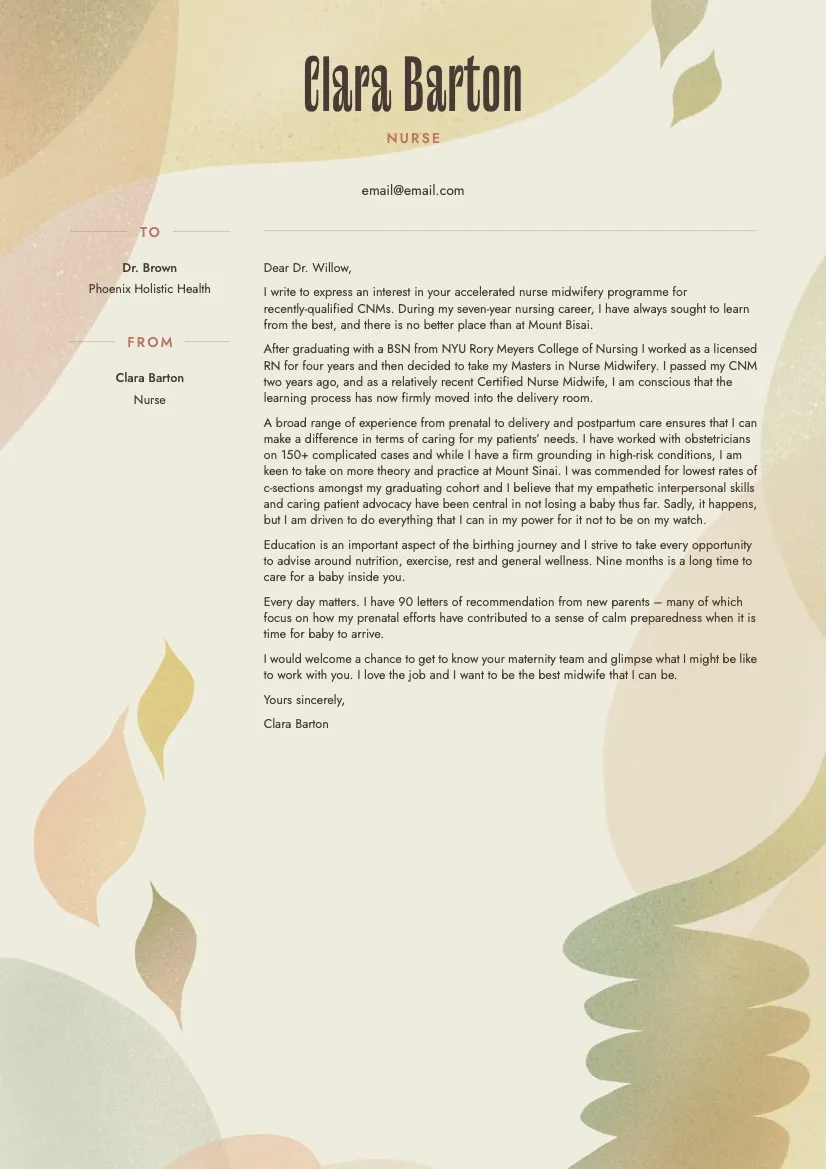
The first paragraph is your hook. It needs to immediately grab the reader’s attention. State the position you are applying for and where you saw the job posting. Briefly mention why you are interested in the role and the company. You can also include a brief statement about why you are the ideal candidate for the job. The opening paragraph sets the tone for the rest of your letter, so make sure it’s engaging and impactful, leaving the reader wanting to learn more about you. It’s your chance to make a positive first impression.
Middle Paragraph Highlighting Skills
The middle paragraphs are where you dive into your relevant skills and experiences. Mention specific examples from your past that align with the job requirements. Use the job description as a guide to see which skills and qualifications are most important. Quantify your achievements whenever possible. For instance, instead of saying ‘Managed social media,’ say ‘Increased social media engagement by 30% in six months.’ This demonstrates your value. Connect your skills and experiences to the company’s needs, showing how you can contribute to their success.
Final Paragraph Call to Action
The final paragraph should restate your interest in the position and the company. Make sure to express your enthusiasm for the role. Include a call to action, such as requesting an interview. Thank the hiring manager for their time and consideration. Make sure to reiterate your availability and how they can contact you. This will leave a lasting impression, and shows that you are eager to move forward in the hiring process. This final touch leaves the door open for future communications.
Closing Professional Sign-off
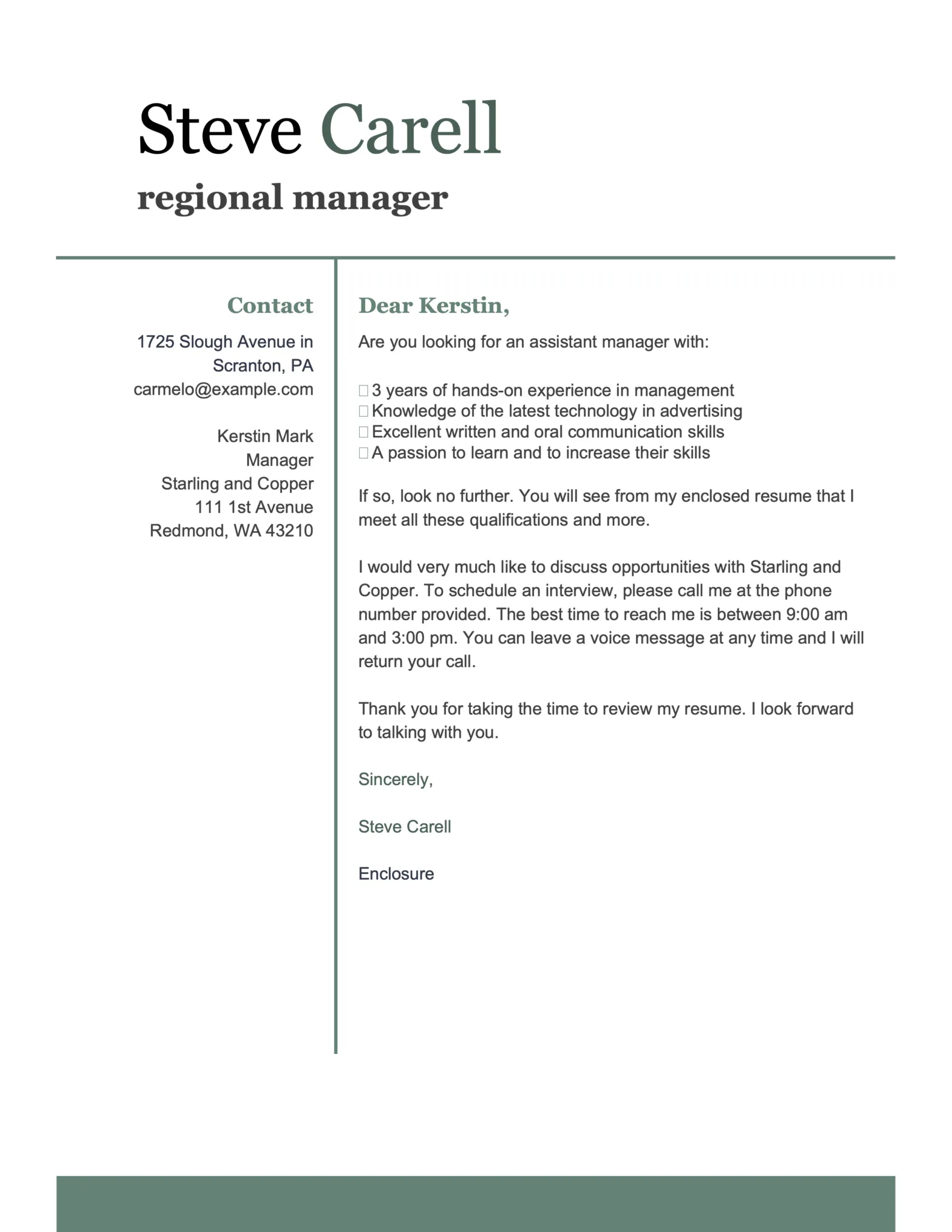
End your cover letter with a professional closing such as ‘Sincerely,’ ‘Best regards,’ or ‘Yours sincerely.’ Follow this with your full name. If you are submitting a digital cover letter, you may also add your digital signature above your typed name. Maintain a professional tone throughout the entire letter. Make sure that your sign-off reflects the overall tone and content of your cover letter, leaving a polished and professional impression.
Cover Letter Templates Different Formats
Different cover letter formats cater to different career situations and levels of experience. Understanding which format best suits your needs is key to creating an effective cover letter. Choose a template that complements your resume and highlights your strengths. Use a template that is clean and easy to read, and professional in design. Make sure that the format is appropriate for the industry and the job you’re applying for. Choose a format that best showcases your qualifications and experience.
Template 1 Chronological Format
The chronological format is one of the most common and traditional formats. It emphasizes your work history, listing your experience in reverse-chronological order. This format is ideal if you have a consistent work history and clear career progression. It works best when you have a solid employment history, but might not be suitable if you have employment gaps or frequent job changes. It is straightforward and easy for hiring managers to understand, making it a reliable choice for many job seekers. It highlights career growth over time.
Template 2 Functional Format
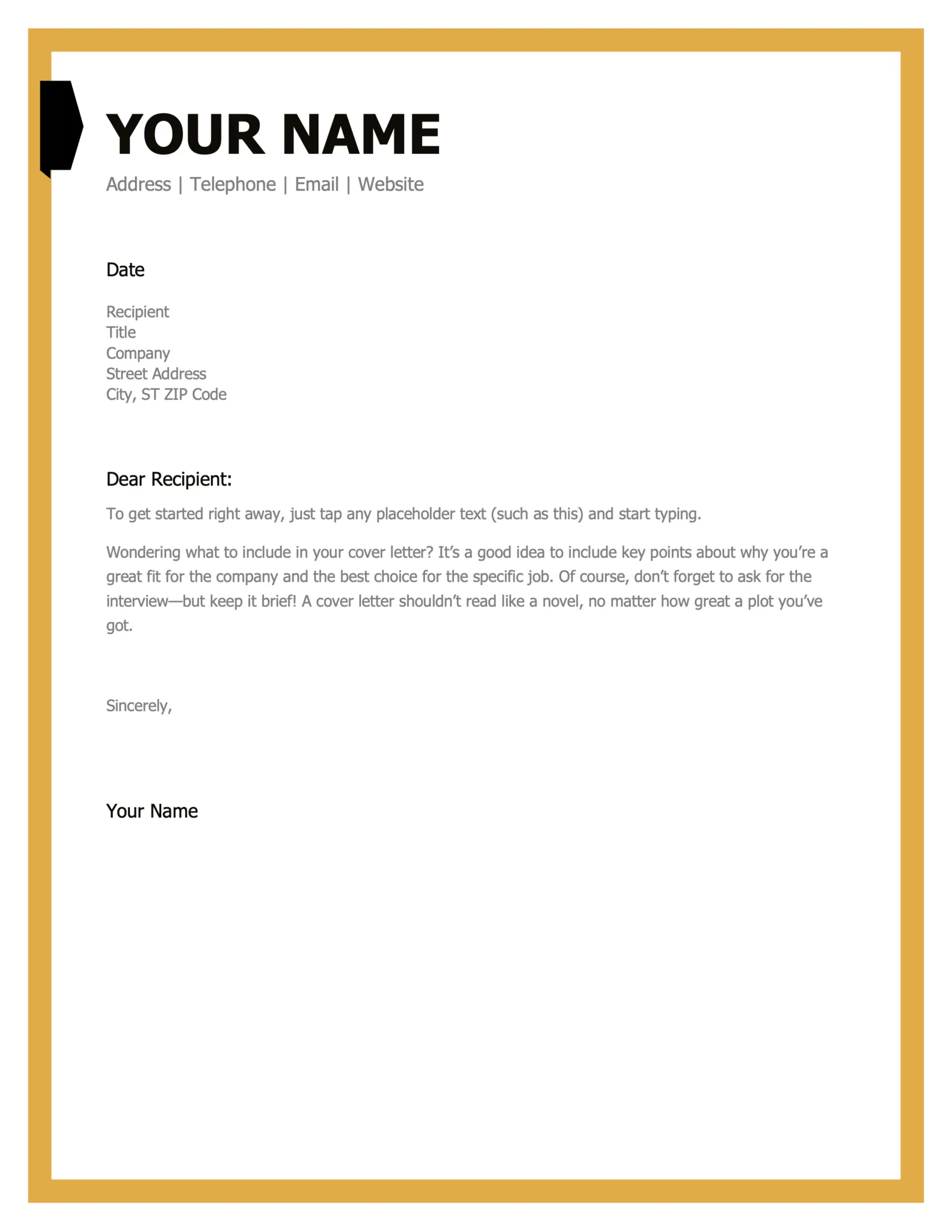
The functional format is a skills-based format that focuses on your abilities rather than your work history. This format is perfect if you have gaps in your employment history, are changing careers, or have limited work experience. It allows you to highlight your skills and accomplishments without necessarily focusing on where you gained those skills. This format can be useful when you are trying to transition into a new industry or if you have a diverse skill set. Focus on the skills that make you a good fit for the job.
Template 3 Combination Format
The combination format combines the features of the chronological and functional formats. It allows you to highlight your skills while also presenting your work history. This format is very versatile and is suitable for various career stages and job types. This template is a good choice if you have a strong work history with a variety of experiences to offer. This gives hiring managers a clear picture of both your skills and your career trajectory, making it a flexible option for many job seekers.
Template 4 Modern Templates
Modern templates offer a fresh and contemporary look, often using creative layouts, visual elements, and unique typography. They are perfect if you’re applying for creative roles or jobs in industries that value innovation. Modern templates tend to be visually engaging, but it’s important to ensure that they are still professional and easy to read. Choose a template that complements your personal brand and the job you’re applying for. Be sure the design does not distract from the content.
Template 5 Traditional Templates
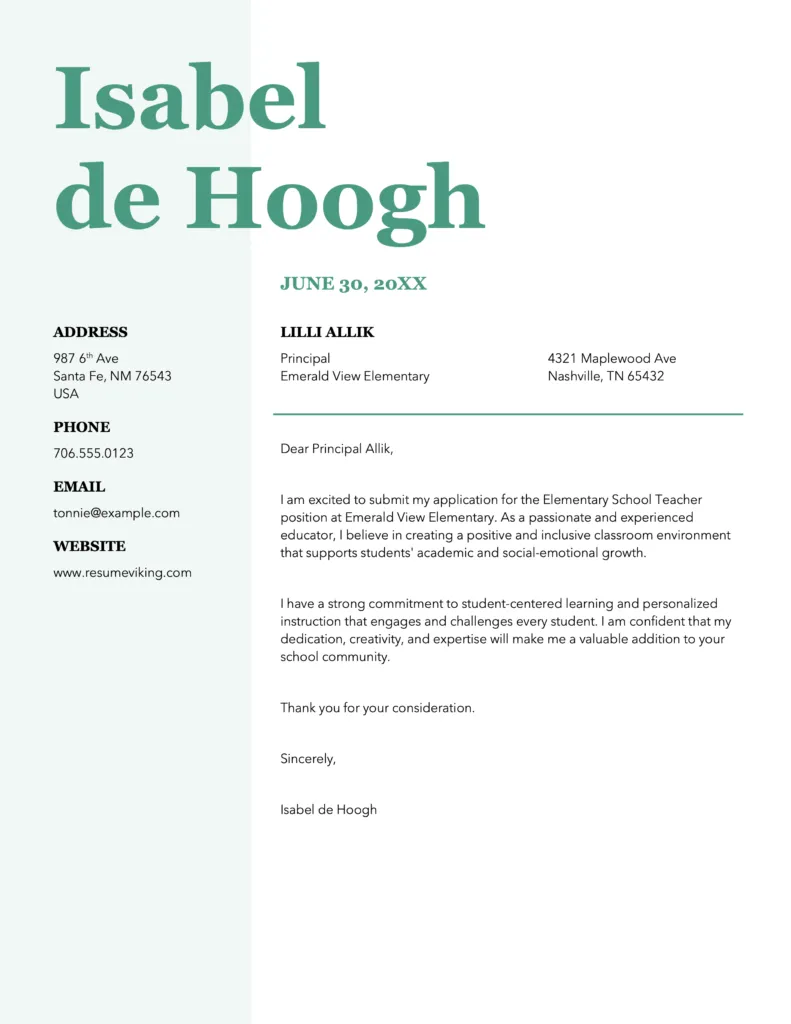
Traditional templates follow a more conventional and formal design, often using a simple layout with clear formatting. They’re suitable for conservative industries, such as finance, law, or government. The emphasis is on clarity and professionalism rather than creativity. Traditional templates are often seen as reliable. The focus is on content rather than visual flair, making them suitable for roles where a formal approach is valued.
Cover Letter Templates Customization
Customizing your cover letter templates is essential to make a strong impression. The more tailored your cover letter, the more likely you are to get the job. Customization ensures that your application is relevant and appealing to the hiring manager. Make sure your cover letter reflects your personal brand and highlights your specific skills and accomplishments.
Tailoring to the Job Description
Carefully review the job description and identify the key requirements, skills, and qualifications. Customize your cover letter to address these requirements. Highlight your relevant experience and how it aligns with the job responsibilities. Use keywords from the job description to demonstrate your understanding of the role. Show that you’ve considered the specific needs of the company and tailored your application accordingly.
Keywords Using the Right Terms

Incorporate keywords from the job description into your cover letter. Use those keywords naturally, in the body paragraphs and the skills section. This helps demonstrate that you meet the job requirements, and it can also help your application pass through applicant tracking systems (ATS). Make sure that you use keywords relevant to the job and the industry. Don’t stuff your letter with keywords but use them appropriately in context.
Proofreading and Editing
Always proofread and edit your cover letter before submitting it. Check for grammatical errors, typos, and inconsistencies. Read your cover letter aloud to check for flow and clarity. Ask a friend, family member, or career advisor to review your cover letter. A polished cover letter shows attention to detail and professionalism. Proofreading ensures that your writing is clear, concise, and error-free, and that it represents you in the best possible light. A well-edited cover letter greatly improves your chances of getting an interview.
Cover Letter Mistakes to Avoid
Certain mistakes can significantly damage your cover letter’s effectiveness, which makes it essential to know and avoid them. These errors can distract hiring managers and reduce your chances of getting an interview. Paying attention to detail and avoiding common mistakes ensures that your cover letter strengthens your application.
Common Errors and How to Fix Them
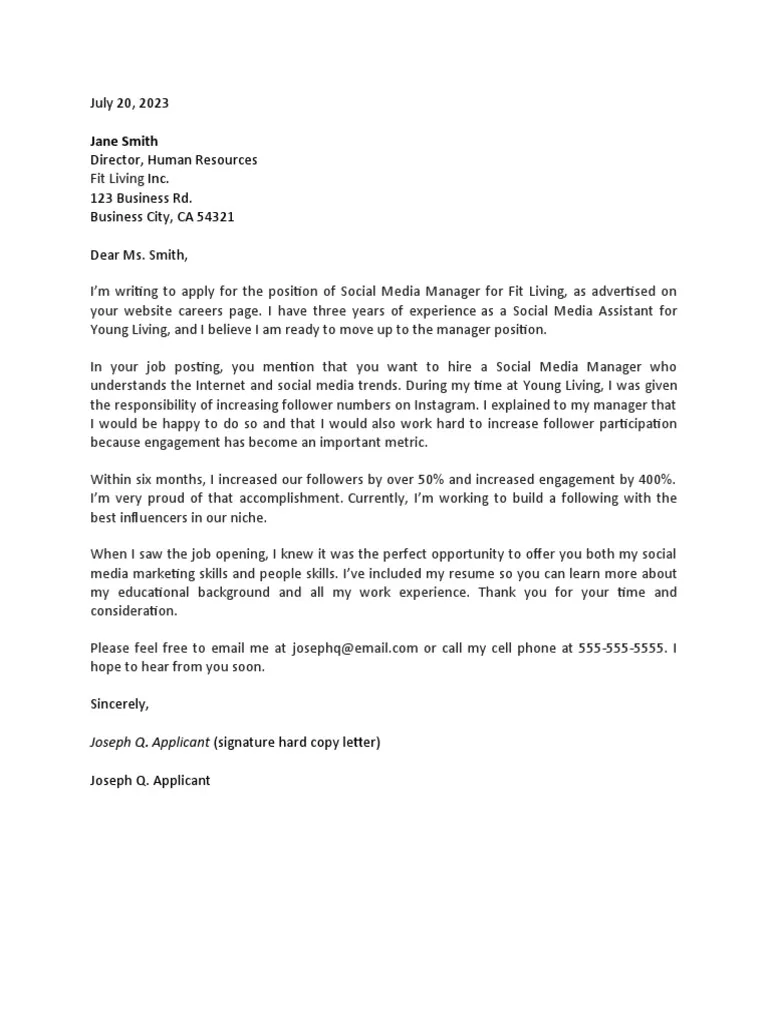
One common error is submitting a generic cover letter. Tailor each cover letter to the specific job you are applying for. Other errors include typos, grammatical errors, and poor formatting. Carefully proofread your cover letter to avoid these mistakes. Avoid long, rambling paragraphs, and keep your writing clear and concise. Another mistake is to not highlight your accomplishments. Always include relevant achievements that demonstrate your skills and qualifications. Make sure your language is professional, and shows your genuine interest in the role and the company.
Overused Phrases and Alternatives
Avoid using overused phrases that make your cover letter sound generic. Replace phrases like ‘I am writing to apply’ with a more direct opening, such as ‘I am excited to apply for the [Job Title] position.’ Instead of saying ‘I am a team player,’ provide a specific example of how you have worked collaboratively. Instead of saying ‘I am hard-working,’ mention accomplishments that demonstrate your work ethic. The best cover letters show, not just tell, and make a lasting impression.
The Importance of a Strong Cover Letter
A strong cover letter is a vital tool for job seekers, offering a crucial opportunity to present a comprehensive picture of your qualifications, skills, and personality. It allows you to go beyond the information presented in your resume. A well-written cover letter highlights your achievements, showcases your enthusiasm for the role, and demonstrates your understanding of the company’s needs. This can differentiate you from other candidates. A compelling cover letter is the most important element for your job search.
How a Great Cover Letter Improves Your Chances
A well-crafted cover letter significantly improves your chances of getting an interview by showcasing your unique value and expertise. It is the initial point of contact with potential employers, making it important to make a positive first impression. A cover letter provides an opportunity to highlight your accomplishments. With the proper use of formatting, skills, and enthusiasm, you can craft a strong cover letter that boosts your odds of landing an interview, and ultimately, the job. Your goal is to set yourself apart, show your qualifications, and show enthusiasm for the job.
